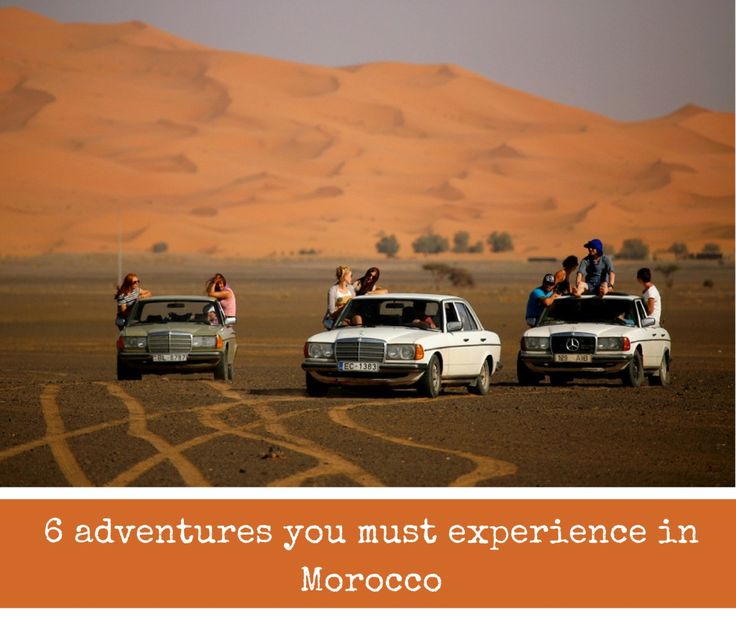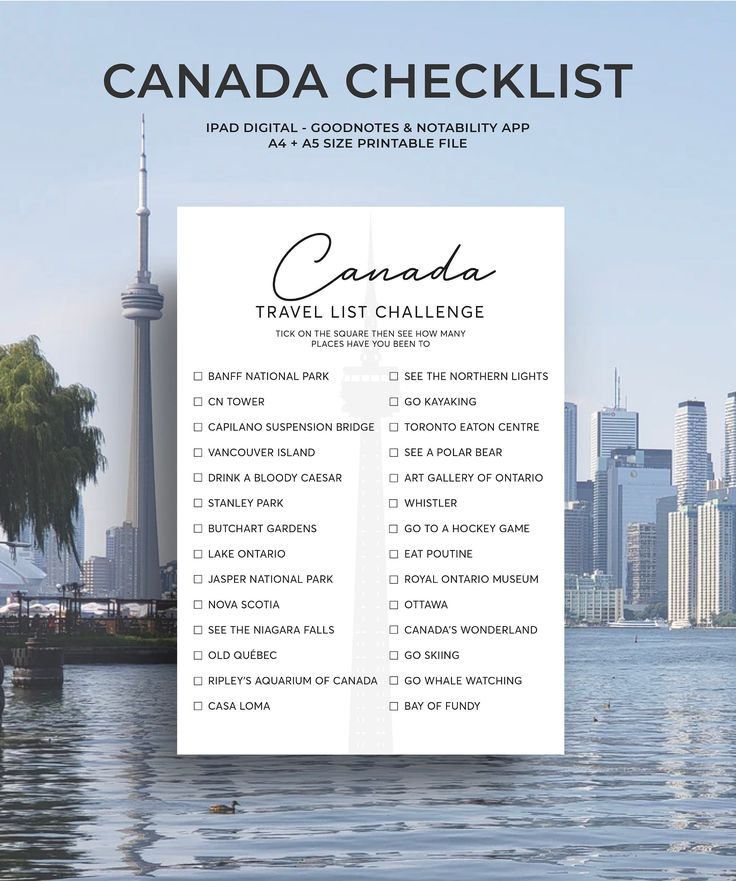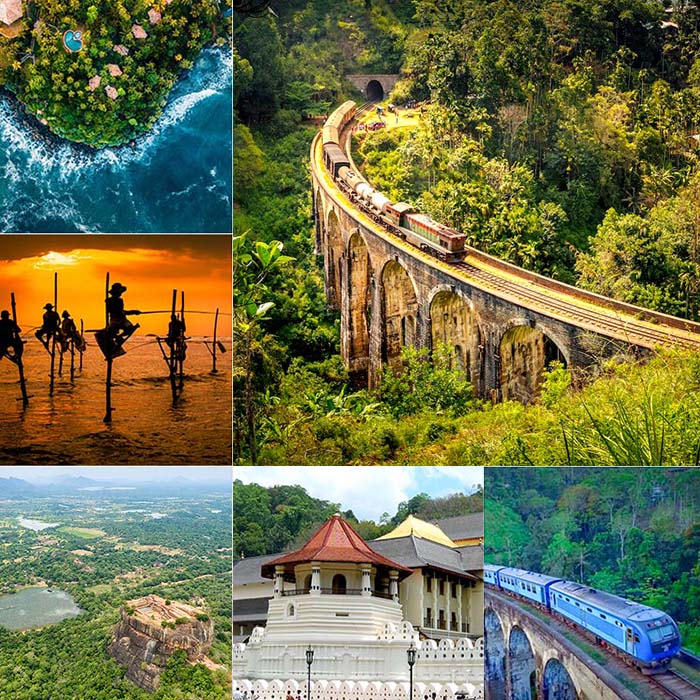
Nepal, a land of breathtaking Himalayan peaks, lush national parks, and vibrant cultural tapestries, beckons adventurers from across the globe. For those yearning for an adrenaline rush coupled with profound cultural immersion, exploring the Top Adventure Spots in Nepal With Complete Travel Tips is an unparalleled experience. From scaling iconic mountains to navigating roaring rivers and encountering exotic wildlife, Nepal offers an adventure for every thrill-seeker, promising unforgettable memories amidst some of the world’s most spectacular landscapes.
Why Nepal is the Ultimate Adventure Destination
Nepal’s unique geography, encompassing eight of the world’s ten highest peaks, deep river gorges, and subtropical plains, creates an ideal playground for diverse adventure activities. Its rich cultural heritage, with ancient temples and friendly local communities, adds another layer of depth to any expedition. Furthermore, the infrastructure for adventure tourism, though still developing, is robust enough to support a wide range of activities, making it an accessible yet challenging destination.
The country’s commitment to preserving its natural beauty and cultural identity also means that many adventure activities are designed to be sustainable, offering an ethical way to explore. Whether you’re a seasoned mountaineer or a first-time trekker, Nepal presents an array of options to test your limits and inspire your spirit. It truly stands out as a premier destination for those seeking an authentic and exhilarating adventure journey.
Unveiling the Top Adventure Spots in Nepal
Nepal is synonymous with adventure, and certain regions stand out for their unparalleled offerings. These destinations cater to various interests, ensuring every traveler finds their perfect thrill.
Everest Region: Trekking to the Roof of the World
The Everest Region is arguably the most famous adventure spot in Nepal, home to Mount Everest, the world’s highest peak. Trekking here is a pilgrimage for many, offering stunning views of colossal mountains, serene Buddhist monasteries, and the unique Sherpa culture. The most popular trek is to Everest Base Camp (EBC), a challenging yet incredibly rewarding journey.
Beyond EBC, other routes like the Gokyo Lakes trek provide equally spectacular scenery, featuring turquoise glacial lakes and panoramic views from Gokyo Ri. The region demands good physical fitness and careful acclimatization due to high altitudes. However, the sheer grandeur of the Himalayas makes every step worthwhile.
Annapurna Circuit & Base Camp: A Classic Himalayan Journey
The Annapurna region offers another iconic trekking experience, celebrated for its diverse landscapes, from subtropical forests to alpine meadows and arid high-altitude deserts. The Annapurna Circuit is a classic, circumnavigating the Annapurna massif and crossing the challenging Thorong La Pass (5,416m). This trek showcases a remarkable variety of ecosystems and cultures.
Alternatively, the Annapurna Base Camp (ABC) trek takes you directly into the heart of the Annapurna Sanctuary, surrounded by a majestic amphitheater of peaks. Shorter treks like the Poon Hill trek offer incredible sunrise views over the Dhaulagiri and Annapurna ranges, perfect for those with less time. These journeys are well-supported by teahouses, providing comfortable lodging and local meals.
Pokhara: The Adventure Capital of Nepal
Nestled beside the serene Phewa Lake with the stunning Annapurna range as its backdrop, Pokhara is often dubbed the "adventure capital" of Nepal. It serves as a hub for a multitude of thrilling activities, appealing to all levels of adventurers.
Here, you can experience the exhilaration of paragliding, soaring high above the lake and valley with panoramic mountain views. Zip-lining, bungee jumping, and ultralight flights offer further adrenaline rushes. For water enthusiasts, boating on Phewa Lake is a peaceful option, while kayaking and rafting opportunities exist nearby. Pokhara’s vibrant atmosphere, combined with its natural beauty, makes it an unmissable stop for any adventure seeker.
Chitwan National Park: Wildlife Safari in the Terai
Venturing away from the mountains, Chitwan National Park in Nepal’s southern lowlands (Terai) offers a different kind of adventure: a wildlife safari. This UNESCO World Heritage site is a haven for diverse flora and fauna, including the endangered one-horned rhinoceros, Royal Bengal tiger, sloth bear, and various species of deer and birds.
Activities in Chitwan include jungle walks, jeep safaris, and canoe trips along the Rapti River, offering incredible opportunities for wildlife spotting. It’s an immersive experience that allows you to connect with Nepal’s wilder side, far removed from the high-altitude treks. Remember to choose eco-friendly tour operators to support responsible tourism practices.
Bhote Koshi & Trishuli Rivers: White Water Rafting Thrills
Nepal’s glacier-fed rivers provide some of the best white-water rafting and kayaking experiences in the world. The Bhote Koshi River, known for its steep gradients and continuous rapids, is perfect for thrill-seekers looking for an intense day trip from Kathmandu. It offers grade IV-V rapids, promising an exhilarating ride.
For a more moderate yet equally enjoyable experience, the Trishuli River is a popular choice, with grade III rapids suitable for beginners and families. Multi-day rafting trips are also available, combining the excitement of the rapids with riverside camping under the stars. These river adventures offer a unique perspective of Nepal’s landscapes, flowing through deep gorges and lush valleys.
Langtang Valley: A Wilderness Trek Close to Kathmandu
The Langtang Valley offers a fantastic alternative to the busier Everest and Annapurna regions, providing a wilderness experience relatively close to Kathmandu. This trek leads through dense rhododendron and bamboo forests, traditional Tamang villages, and high alpine pastures, culminating in breathtaking views of Langtang Lirung and other peaks.
The region was significantly affected by the 2015 earthquake, but communities have rebuilt, and trails are open. Trekking here supports local recovery efforts. Furthermore, the Gosaikunda Lake trek, a sacred pilgrimage site, can be combined with the Langtang Valley for an extended adventure, offering stunning glacial lakes and diverse landscapes.
Essential Travel Tips for Your Nepal Adventure
Embarking on an adventure in Nepal requires careful planning. These practical tips will help ensure a smooth, safe, and enjoyable journey.
Best Time to Visit Nepal for Adventure
Choosing the right season is crucial for your Nepal adventure:
- Autumn (September to November): This is widely considered the best time. The weather is stable, skies are clear, and temperatures are moderate, perfect for trekking and mountain views.
- Spring (March to May): Another excellent season, with warmer temperatures and rhododendrons blooming, adding vibrant colors to the landscapes. Visibility is generally good, though pre-monsoon haze can sometimes occur.
- Winter (December to February): While cold at higher altitudes, winter offers crisp air and fewer crowds. Lower altitude treks and jungle safaris are still enjoyable.
- Monsoon (June to August): Characterized by heavy rainfall, making trekking difficult due to slippery trails and leeches. However, this is the best time for white-water rafting as rivers are swollen.
Navigating Permits and Regulations for Treks
Most trekking areas in Nepal require specific permits:
- TIMS (Trekkers’ Information Management System) Card: Mandatory for all trekkers.
- National Park/Conservation Area Permits: Required for entry into protected areas like Everest, Annapurna, Langtang, and Chitwan.
- Restricted Area Permits: Some remote border regions require special permits obtained through registered trekking agencies.
Always carry multiple copies of your passport photos and ensure your permits are arranged before starting your trek, ideally through a reputable trekking agency.
Accommodation and Food: Staying Comfortable on Your Journey
Accommodation options vary greatly depending on the region:
- Teahouses: In trekking regions, these guesthouses offer basic rooms, often with shared bathrooms, and serve simple, hearty meals like dal bhat (lentil soup with rice and vegetables).
- Hotels/Guesthouses: Available in cities like Kathmandu, Pokhara, and Chitwan, ranging from budget-friendly to luxury.
- Campsites: For expeditions or remote treks, camping with a full support crew is common.
Nepalese cuisine is delicious and generally safe. Dal bhat is a staple, providing sustained energy. Other popular dishes include momos (dumplings), thukpa (noodle soup), and various curries. Always drink purified or bottled water to avoid stomach issues.
Packing Essentials for Your Nepal Adventure Trip
A well-packed bag is key to a comfortable adventure. Here’s a general list:
- Layered Clothing: Essential for varying temperatures (base layer, fleece, waterproof/windproof outer shell).
- Footwear: Sturdy, broken-in hiking boots for trekking; sandals or comfortable shoes for evenings.
- Sleeping Bag: Especially for higher altitudes (rated to -10°C or -20°C depending on season/altitude).
- Headlamp/Flashlight: With extra batteries.
- First-Aid Kit: Personal medications, pain relievers, blister treatment, antiseptic wipes, altitude sickness medication (consult doctor).
- Sun Protection: Hat, sunglasses, high-SPF sunscreen.
- Water Bottle/Hydration System: And water purification tablets/filter.
- Backpack: A large trekking pack (60-80L) and a smaller daypack.
- Toiletries: Biodegradable options where possible.
- Power Bank/Portable Charger: For electronics.
- Trekking Poles: Highly recommended for stability and reducing knee strain.
Health and Safety Guidelines for Adventurers
Safety should always be a priority:
- Travel Insurance: Ensure it covers high-altitude trekking, medical emergencies, and evacuation.
- Altitude Sickness (AMS): Learn the symptoms (headache, nausea, dizziness) and acclimatize properly by ascending slowly and staying hydrated. Do not ignore symptoms; descend if necessary.
- Guides and Porters: For treks, hiring a licensed guide and porter is recommended for safety, navigation, and supporting the local economy.
- Stay Hydrated: Drink plenty of water throughout the day.
- Food Safety: Eat hot, freshly cooked food. Avoid raw salads or unpeeled fruits unless prepared by yourself.
- Respect Local Customs: Dress modestly, especially when visiting religious sites, and ask permission before photographing people.
Budgeting Your Adventure Trip to Nepal
Nepal can be an affordable adventure destination, but costs vary:
- Trekking Permits: Generally $20-$40 USD per person per region.
- Guides/Porters: Around $25-$35 USD per day for a guide, $20-$25 USD for a porter (excluding tips).
- Accommodation: Teahouses range from $5-$15 USD per night; city hotels $30-$150+ USD.
- Food: Expect to pay $20-$40 USD per day for meals and drinks in trekking areas.
- Adventure Activities: Paragliding ($80-$100), rafting (day trip $40-$70), safaris (package deals vary).
- Transportation: Local buses are cheap but slow; private jeeps/taxis are more expensive but faster. Flights to remote areas like Lukla are significant expenses.
Plan your budget carefully, factoring in all these elements, and always keep some emergency cash.
Sustainable and Responsible Tourism in Nepal
As you embark on your adventure, remember to travel responsibly. Respect the local culture, traditions, and the environment. Support local businesses, minimize your waste, and avoid disturbing wildlife. By adhering to the principles of "Leave No Trace," you contribute to preserving Nepal’s pristine beauty and unique heritage for future generations. Your mindful actions can make a significant positive impact on the communities and landscapes you visit.
Conclusion
Nepal truly stands as an unparalleled haven for adventurers, offering a kaleidoscope of experiences from the icy peaks of the Himalayas to the warm jungles of the Terai. Whether you dream of conquering high mountain passes, soaring through the sky, or encountering exotic wildlife, the Top Adventure Spots in Nepal With Complete Travel Tips provide all the information needed for a truly epic journey. With careful planning, respect for local customs, and an open heart, your Nepalese adventure promises to be an extraordinary expedition that will leave you with cherished memories and a profound connection to this incredible land. So pack your bags, prepare your spirit, and get ready to discover the adventure of a lifetime!






